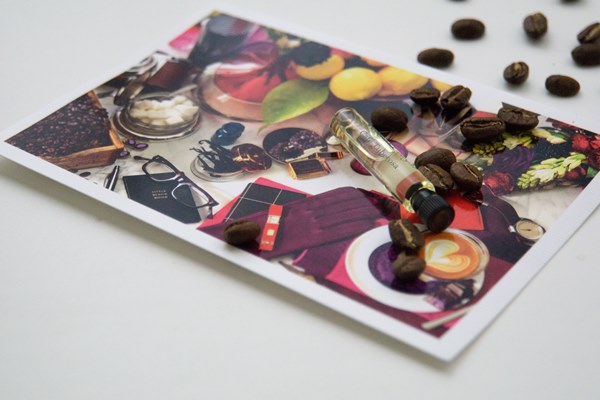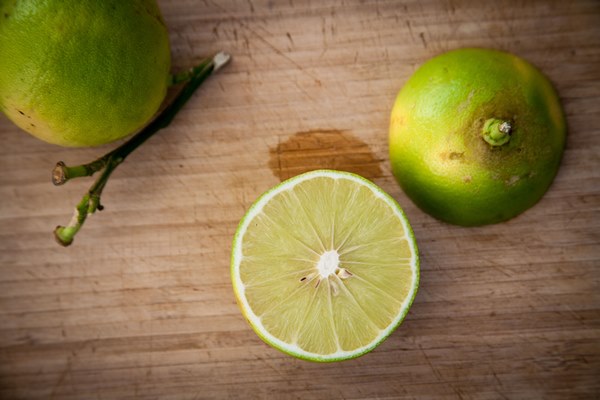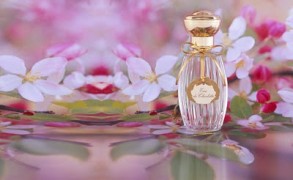Guerlain Eau de Fleurs de Cedrat : Perfume Review
It’s easy to get overtaken by the flood of newness and to forget about the trusted old favorites. The other day I found a neglected bottle of Eau de Fleurs de Cédrat in one of my fragrance drawers and put it on more as a reflex than because of any desire to wear it. It had been a while since I had tried it, but smelling its zesty lemon top notes reminded me what a gem it is and how refreshing it feels on a hot day.

If Eau de Fleurs de Cédrat were a color, it would be pop-art yellow. The initial impression is of grated lemon zest and lots of it. The bitterness of bergamot and lime add an additional twist, but it doesn’t happen until a few minutes into the development. Also, despite the “citron flowers” promised by the name, the composition is not particularly floral. It’s as classical of a cologne as you can find.


















Aurora in Recommend Me a Perfume : April 2024: I don’t think they differ widely in scent, the EDT is punchier and a bit brighter in the top notes and the EDP clings more to the skin and lasts… April 26, 2024 at 2:27pm